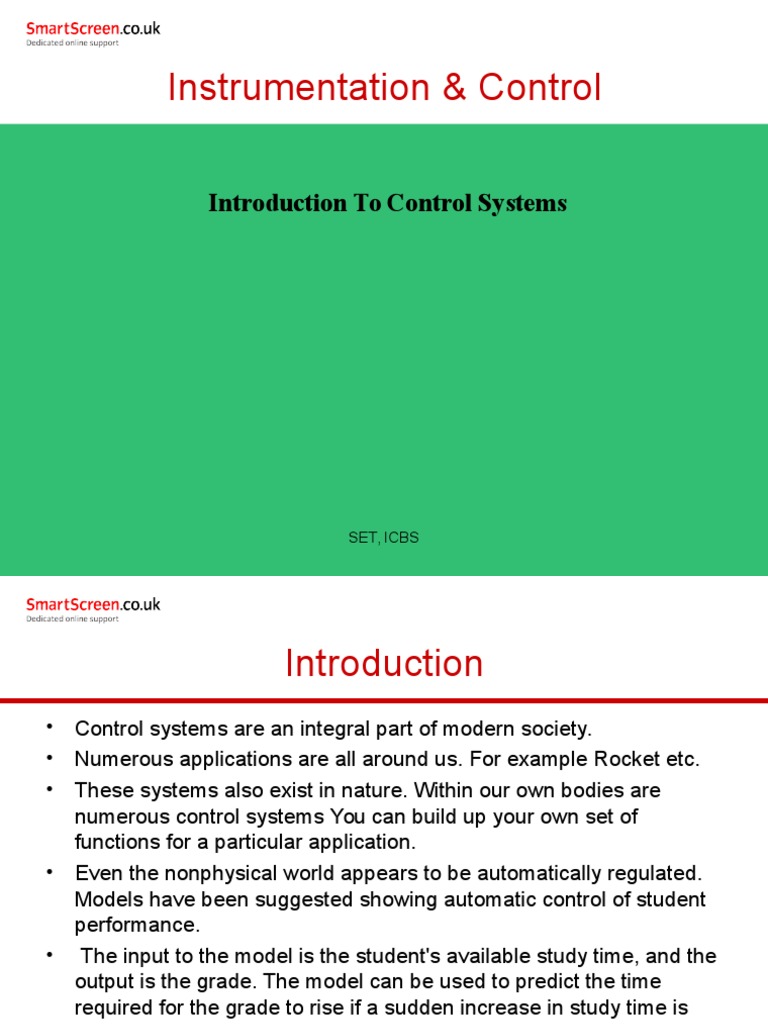Instrumentation and control encompass a fascinating fusion of science and art, akin to the delicate interplay of a maestro conducting a symphony. The evolution of these disciplines is marinated in centuries of research, innovation, and technological advancement. This article endeavors to delineate an array of noteworthy academic tomes that illuminate the pathways of instrumentation and control.
The initial consideration must be given to “Measurement and Control: A Kunth’s Approach.” This text serves as a veritable compass for students and seasoned professionals alike, navigating the intricate seas of measurement science. With an emphasis on pragmatic applications and theoretical foundations, the book articulates the essential principles of calibration, sensor integration, and data acquisition, reminiscent of a fine-tuned instrument revealing the hidden notes of nature. Throughout its extensive chapters, it elucidates the symbiotic relationship between instrumentation and control systems, catering to novices while challenging the expertise of advanced scholars.
Transitioning from the basics, one must engage with “Process Dynamics and Control” by Dale E. Seborg, George F. Franklin, and Dered J. H. P. Williams. This book encapsulates the essence of the dynamic interplay between a system and its environment, in an engaging narrative that resembles a philosophical exploration. The authors articulate complex control strategies with lucidity, drawing correlations between mathematical models and real-world processes. Here, the reader finds an intellectual tapestry woven with case studies, simulations, and practical examples, which augment theoretical concepts. It beckons readers to ponder the nature of stability and response time, embodying the essence of control engineering itself.
Another seminal work, “Digital Control Engineering: Analysis and Design,” contributes to the discourse with precision and clarity. It provides an extensive survey of control system analysis in the digital realm, using contemporary computational techniques as foundational pillars. Just as a skilled chef transforms simple ingredients into culinary masterpieces, this text reveals how analog ideas can be transmuted into digital solutions—crafting artifacts that govern modern automation. The interspersed exercises and MATLAB simulations enhance understanding, urging readers to grapple with complex algorithms as one might wrangle with a novel recipe.
Exploring the foundational philosophies of instrumentation and control, “Control Systems Engineering” by Norman S. Nise embodies the virtue of accessibility. The author constructs an inviting narrative, deftly merging theoretical concepts with practical examples. Nise’s focus on system stability, root locus, and frequency response lends the work a robust framework, echoing the underlying cadence of a well-composed score. Accompanied by graphical illustrations, this text becomes a metaphorical scorebook, allowing practitioners to orchestrate their understanding of control systems akin to musicians studying a grand symphony.
In the realm of specialized applications, consider “Industrial Instrumentation and Control,” a compendium that challenges the connoisseur to delve into the industrial application spectrum. This work critiques traditional instruments while promoting cutting-edge technologies such as smart sensors and real-time monitoring systems. The content weaves theoretical discussions with industry practices, generating an essential resource for engineers seeking to maintain harmony in modern manufacturing processes. It echoes the ethos of a master craftsman, guiding readers through the artful synthesis of theory and application.
Moreover, “Fundamentals of Measurement and Instrumentation” emerges as an invaluable resource that provides a panoramic view of the discipline. This tome meticulously explores sensor technology, measurement techniques, and calibration processes. Readers are invited to appreciate the elegance of designing measurement systems, much like an artisan sculptor shaping raw marble into art. The nuances of uncertainty and error analysis are elaborated with an astute awareness of their practical implications, grounding theoretical discussions in the reality of experimental endeavors.
It is essential to mention “Control System Design: An Introduction to State-Space Methods,” a work that delves into the sophisticated methodologies underpinning state-space representations. This text garners attention for its rigorous treatment of modern control theory. It is akin to a profound philosophical discourse, guiding readers through the labyrinth of state feedback and observer design. The author’s meticulous attention to detail leads to clarity amidst complexity, offering profound insights that extend beyond the mathematical realm.
The discipline of instrumentation and control is further enriched by “Automatic Control Systems,” which emphasizes the integration of feedback loops in systems that demand a symphonic harmony of input and output. This book elucidates various control strategies, including PID, adaptive, and robust control, orients the reader through exercises, and unveils contemporary advancements that yield practical revolutions in automation. It is a veritable guidebook for the aspiring control systems engineer, igniting an enthusiasm that can propel careers into the forefront of technological innovation.
In summary, the realm of instrumentation and control is dotted with scholarly volumes that illuminate its complexities and profundities. Each book serves as a stepping stone toward greater understanding, and mastery of the intricate dance between measurement, analysis, and control. As readers immerse themselves in these texts, they establish a repertoire of knowledge that will empower them to innovate, optimize, and orchestrate the very fabric of technology. The metaphorical baton is passed, beckoning the next generation of engineers to compose their unique symphony in the world of instrumentation and control.










